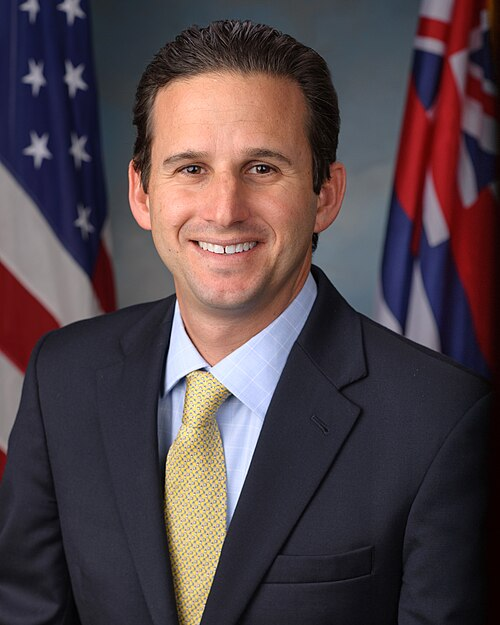S. 2583: NOAA Weather Radio Modernization Act
This bill, known as the NOAA Weather Radio Modernization Act, aims to enhance and expand the weather radio system operated by the National Oceanic and Atmospheric Administration (NOAA). Here is a summary of its key components:
Establishment and Maintenance of NOAA Weather Radio
The bill requires the Under Secretary of Commerce for Oceans and Atmosphere to:
- Maintain a nationwide NOAA Weather Radio network that broadcasts continuous weather information, emergency alerts, and hazard warnings.
- Ensure the network operates 24/7 and is resilient against emergencies like power outages and loss of cellular service.
- Enhance coverage and reliability, particularly in areas with poor cellular service.
Modernization Initiatives
The bill specifies that NOAA should modernize the weather radio system to improve its public value. This may include:
- Improving methods for communicating risks from hazardous weather events.
- Expanding the network's coverage by acquiring additional transmitters for high-risk areas.
- Enhancing capabilities to disseminate urgent non-weather emergency messages.
- Providing alerts through satellite or cloud-based systems as needed.
- Modernizing the messaging system for more geographically specific warnings.
Assessment for Management and Distribution
Within one year of the bill's enactment, the Under Secretary must conduct an assessment that includes:
- Evaluating access to the NOAA Weather Radio.
- Consultations with all stakeholders involved in the dissemination of weather information.
- Ensuring that systems are robust against various potential disruptions.
Funding Provisions
The bill authorizes appropriations for NOAA Weather Radio operations, including:
- $25 million annually for the years 2026 to 2031 for operational support.
- An additional $100 million in fiscal year 2026 for enhancements and assessments.
National Standards for Weather Warning Systems
The Under Secretary of Commerce is also tasked with developing standards for flash flood emergency alert systems within flood-prone areas, ensuring these systems are reliable for communities lacking mobile broadband or existing emergency systems.
Classification and Staffing Plans
The bill mandates a classification for specific NOAA positions related to meteorology and atmospheric science as protective service occupations. It also requires the Under Secretary to submit a 10-year staffing plan to ensure proper staffing for NOAA services that protect human life and property.
Goals and Emphasis
The overall goals of the bill include:
- Improving public access to timely weather information.
- Enhancing the operational capabilities of NOAA to serve communities, especially those at risk of severe weather events.
- Establishing standards that promote effective emergency alert systems in vulnerable areas.
Relevant Companies
None found
This is an AI-generated summary of the bill text. There may be mistakes.
Sponsors
6 bill sponsors
Actions
2 actions
| Date | Action |
|---|---|
| Jul. 31, 2025 | Introduced in Senate |
| Jul. 31, 2025 | Read twice and referred to the Committee on Commerce, Science, and Transportation. |
Corporate Lobbying
0 companies lobbying
None found.
* Note that there can be significant delays in lobbying disclosures, and our data may be incomplete.
Potentially Relevant Congressional Stock Trades
No relevant congressional stock trades found.





